10 Famous Pottery Makers Known for Antique Dishware
When it comes to antique dishware, certain pottery makers have earned lasting recognition for their exceptional craftsmanship and timeless designs. These iconic brands have a rich history of producing fine porcelain and ceramics, often sought after by collectors for their beauty and historical significance. From delicate floral patterns to intricate hand-painted details, each piece tells a story of artistry and tradition. Whether you’re a seasoned collector or just starting, exploring these renowned pottery makers offers a glimpse into the rich world of antique ceramics.
This post may contain affiliate links, which helps keep this content free. Please read our disclosure for more info.
Wedgwood

Wedgwood, founded in 1759 by Josiah Wedgwood, quickly became synonymous with high-quality pottery and fine china. Its innovative creations, such as the renowned Jasperware, revolutionized ceramics. This stoneware, often produced in soft blue or white hues, is famous for its intricate relief designs, typically featuring classical themes, mythological figures, and floral patterns. Wedgwood’s craftsmanship elevated porcelain to an art form, making it highly desirable among the elite, particularly in the 18th and 19th centuries.
The brand’s legacy extends beyond Jasperware, as Wedgwood also produced fine china with vibrant hand-painted floral patterns and gilded accents. Wedgwood dishes were popular for both formal and everyday use, embodying both beauty and functionality. Today, Wedgwood’s vintage pieces, especially those produced during its early years, are prized by collectors due to their enduring artistry, historical significance, and lasting reputation.
Royal Worcester

Founded in 1751, Royal Worcester is one of England’s oldest porcelain manufacturers. Known for its elegant and intricate designs, the brand gained fame for its finely painted porcelain, particularly the naturalistic floral and animal motifs that adorned many of its dishes. Royal Worcester’s porcelain was celebrated not just for its beauty, but also for its durability and fine craftsmanship. The company produced a range of tableware, from simple, elegant plates to ornate pieces with gold detailing.
Royal Worcester’s collectible patterns, such as the “Evesham” and “Blush Ivory,” remain highly sought after today. These patterns, often decorated with flowers or historical scenes, are prized for their visual appeal and the skillful hand-painting involved. Vintage Royal Worcester pieces continue to be highly collectible, often commanding high prices due to their rarity and historical value in the world of antique porcelain.
Meissen
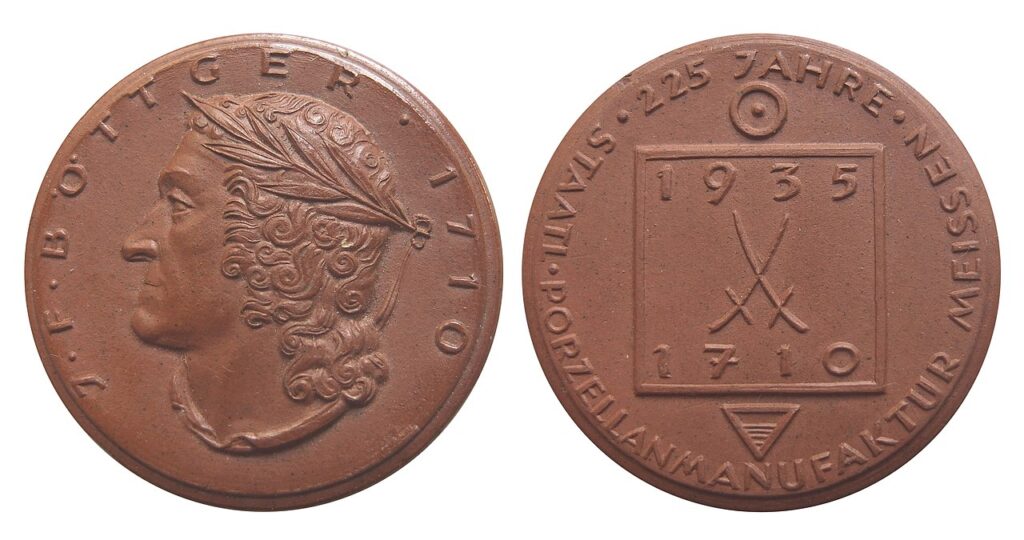
Founded in 1710, Meissen is considered the first European manufacturer of true porcelain. Its porcelain was highly sought after by the aristocracy and royalty for its exceptional craftsmanship and intricate designs. Meissen pieces are often marked with the brand’s signature blue crossed swords, which symbolize the company’s commitment to quality and artistry. Early Meissen porcelain was influenced by Chinese designs, but the company later developed its distinctive style, featuring elaborate floral patterns, mythological themes, and elegant figurines.
Meissen’s historical significance and attention to detail make its pieces highly valuable among collectors. Vintage Meissen porcelain, particularly from the 18th century, continues to command premium prices at auctions. The company’s combination of artistry, innovation, and craftsmanship has solidified its place as one of the most revered names in the world of antique porcelain.
Royal Copenhagen

Royal Copenhagen, founded in 1775, is famous for its high-quality porcelain and timeless designs, particularly its iconic blue-and-white patterns. The company’s “Flora Danica” series, a collection of hand-painted plates featuring flowers native to Denmark, became one of its most celebrated designs. Royal Copenhagen’s work is often characterized by its attention to detail, with each piece meticulously painted by hand. This fine craftsmanship, combined with the use of high-quality porcelain, made Royal Copenhagen a leader in the ceramic industry during the 18th and 19th centuries.
The brand’s antique dishware remains highly collectible, particularly the earlier pieces from the 18th and 19th centuries. Royal Copenhagen’s porcelain continues to be appreciated for its delicate beauty and historical importance, with its signature blue-and-white designs still being produced today. Collectors seek out vintage pieces for their cultural significance, craftsmanship, and the timeless elegance that defines the brand.
Spode
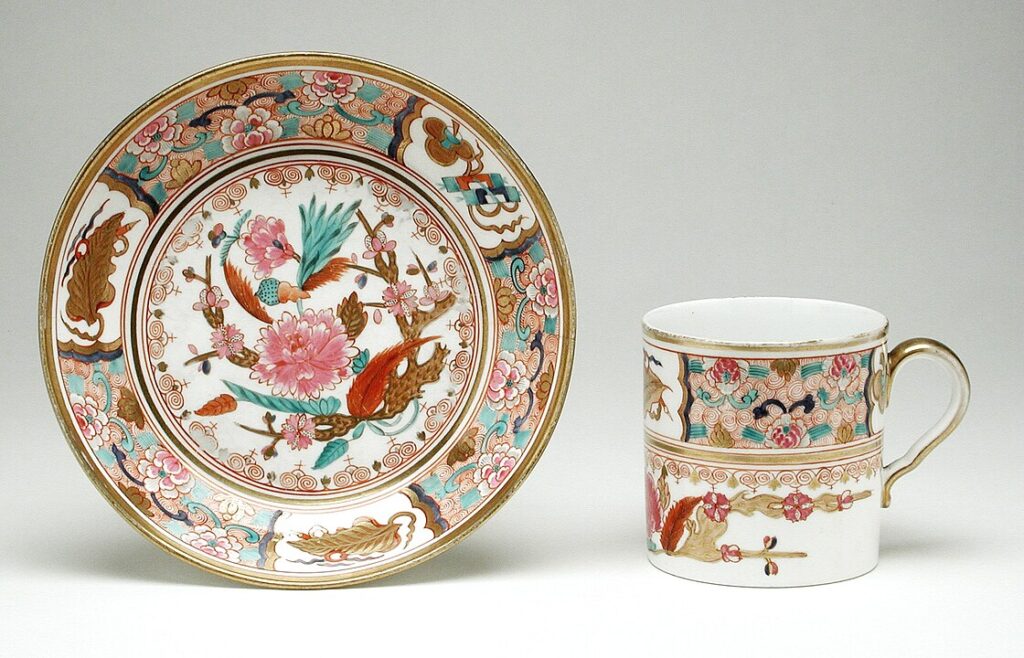
Spode, founded in 1770 by Josiah Spode, is renowned for its contributions to English porcelain, particularly in the development of blue-and-white transferware. Spode’s “Blue Italian” pattern, introduced in 1816, is one of its most enduring designs, featuring detailed depictions of Italian landscapes and architecture. The company’s transfer printing technique, which allowed for the mass production of intricate designs, made Spode’s porcelain highly accessible to a broader audience while maintaining the brand’s reputation for quality.
In addition to its iconic blue-and-white designs, Spode is also known for its fine bone china, which was often used in elegant dining settings. Spode’s antique dishware remains highly collectible, with vintage pieces from the 18th and 19th centuries often fetching high prices at auctions. The combination of innovative production methods and elegant designs has cemented Spode’s place in the history of antique porcelain.
Limoges
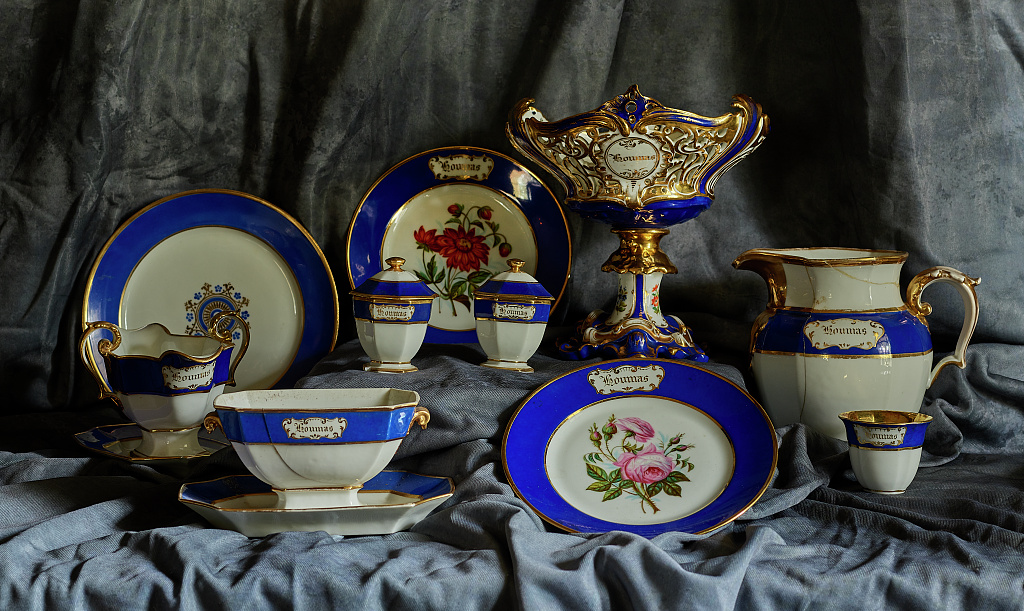
Limoges porcelain, produced in the Limoges region of France, is renowned for its delicate and translucent quality. Limoges porcelain was highly sought after by the European aristocracy for its refined beauty and craftsmanship. The porcelain was often decorated with intricate hand-painted designs, including florals, birds, and gilded accents. Limoges became the standard for high-quality porcelain in the 18th and 19th centuries, with its manufacturers known for producing some of the finest ceramics in the world.
Limoges porcelain remains highly collectible, with antique pieces often being passed down through generations. Collectors seek out Limoges china for its elegance, historical significance, and the superb craftsmanship that has characterized the brand for over two centuries. Today, vintage Limoges dishware continues to hold a special place in the world of antique ceramics, prized for its fine quality and intricate decorations.
Noritake
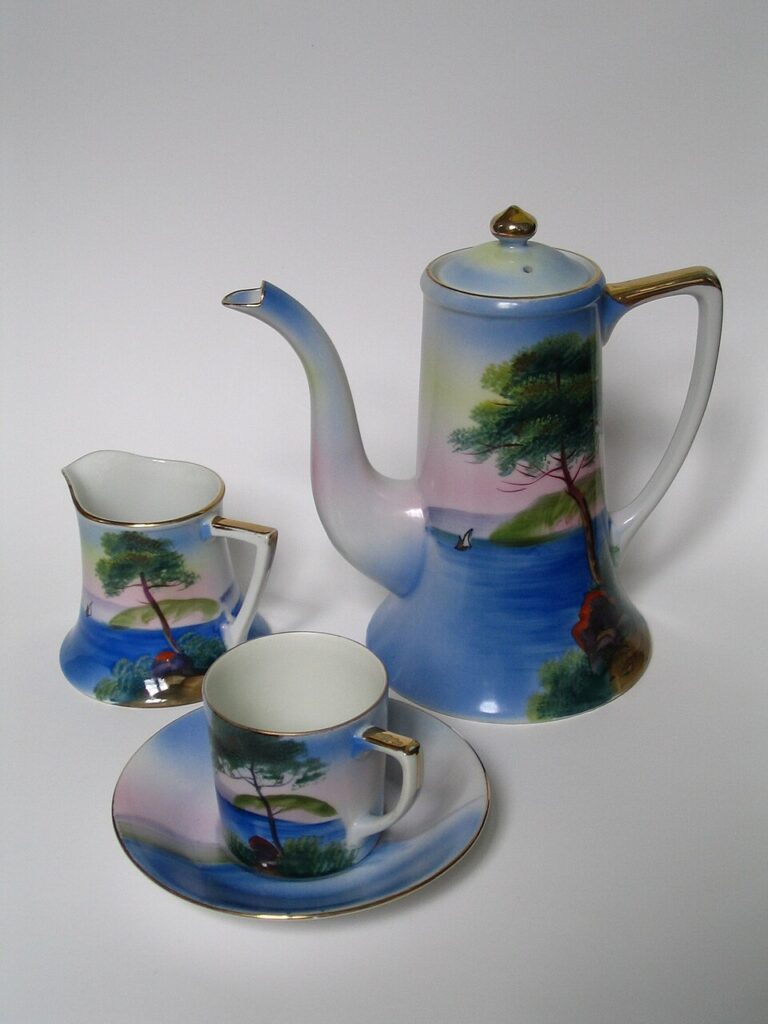
Noritake, founded in 1904 in Japan, is renowned for producing fine china and porcelain that blends traditional craftsmanship with innovative designs. Known for its elegant patterns, Noritake’s antique dishware often features floral motifs, delicate gold trim, and vibrant colors. The company’s porcelain is highly regarded for its durability and high quality, with Noritake often using advanced techniques in both design and decoration, which set it apart from other manufacturers in the market.
Noritake’s reputation for excellence in porcelain production has made its pieces highly collectible, especially those made in the early to mid-20th century. Vintage Noritake china, often used in fine dining settings, remains a staple for collectors who value both the beauty and craftsmanship behind each piece. Today, Noritake continues to be recognized as a symbol of luxury and elegance in the world of ceramics.
Belleek

Founded in 1857 in Northern Ireland, Belleek is known for its distinctive parian porcelain, which is creamy white and resembles marble. Belleek’s porcelain was often intricately decorated with lace-like patterns and hand-painted floral designs, making it stand out in the world of fine ceramics. The company became particularly famous for its intricate and delicate craftsmanship, producing fine china that was both beautiful and functional.
Belleek porcelain is highly collectible, especially the antique pieces produced during the late 19th and early 20th centuries. The brand’s delicate lace designs and historical significance in Irish porcelain production make its vintage dishes highly desirable. Today, Belleek continues to be a well-respected name in the world of ceramics, with its antique porcelain still highly prized by collectors for its unique beauty and craftsmanship.
Haviland
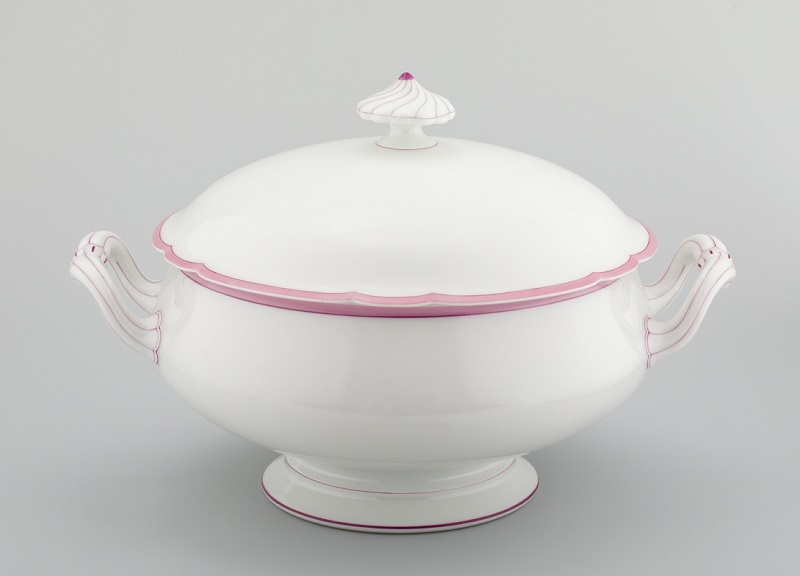
Haviland, a prestigious name in Limoges porcelain, was founded in the 19th century and quickly became known for its fine quality and intricate hand-painted designs. The company’s porcelain was often decorated with floral patterns, vibrant colors, and gilding, which made it highly sought after by wealthy collectors. Haviland’s work gained significant recognition in both Europe and the United States, particularly for its beautiful dinnerware sets and decorative items.
Vintage Haviland pieces are highly prized by collectors, especially those produced in the late 19th and early 20th centuries. The company’s attention to detail and dedication to producing exquisite porcelain have made its dishes a favorite among antique collectors. Today, Haviland remains one of the most cherished names in the world of antique ceramics, with its porcelain continuing to be a symbol of elegance and refinement.
Villeroy & Boch
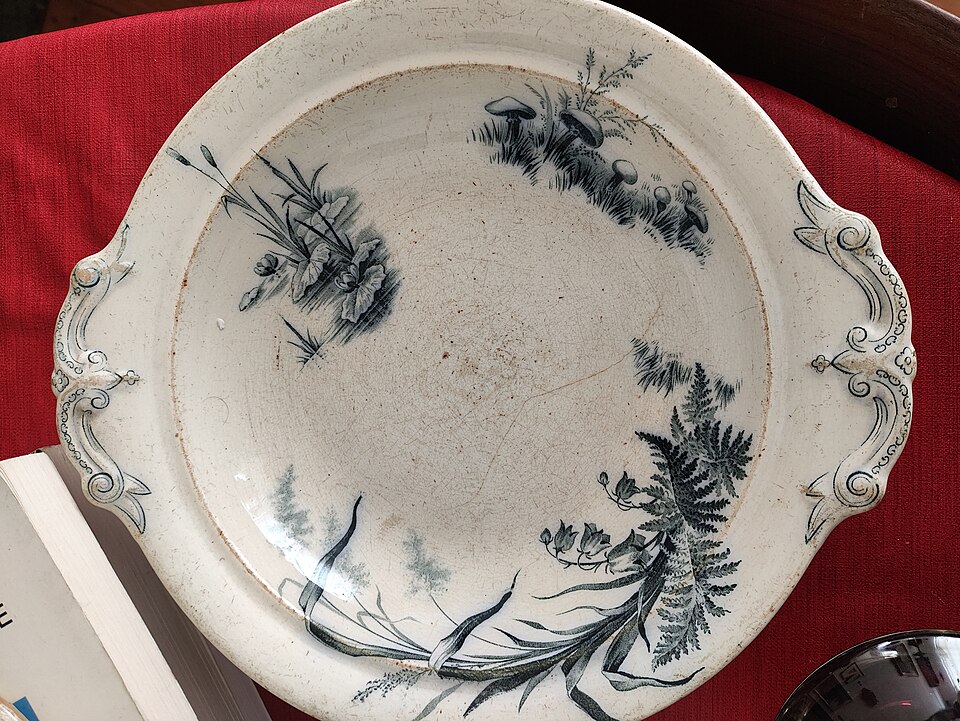
Founded in 1748 in Germany, Villeroy & Boch is one of the most respected names in porcelain production, with a long history of producing fine china and decorative ceramics. The company’s antique dishware is known for its exquisite craftsmanship, elegant designs, and timeless appeal. Villeroy & Boch became internationally famous for its ability to blend traditional European styles with innovative techniques, producing everything from dinnerware to ornamental pieces, often featuring intricate floral patterns and gilding.
Villeroy & Boch’s antique porcelain is prized for both its beauty and functionality. Over the centuries, the company has built a reputation for producing durable and high-quality pieces that stand the test of time. Vintage Villeroy & Boch dishware is still highly collectible today, with pieces from the 18th and 19th centuries fetching high prices at auctions due to their historical significance and superior craftsmanship.
This article originally appeared on Avocadu.
